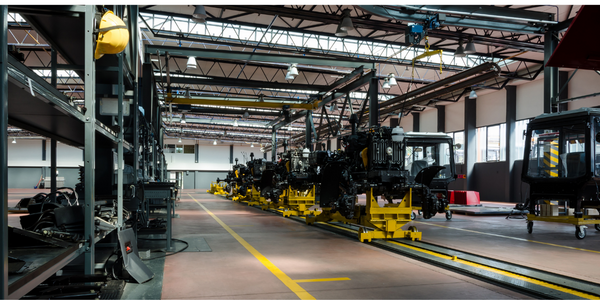Huawei
Case Studies
Error Proofing Inspection after Product Assembly
Overview
 |
Error Proofing Inspection after Product AssemblyHuawei |

|
Analytics & Modeling - Computer Vision Software Analytics & Modeling - Machine Learning | |
Automotive | |
Discrete Manufacturing Quality Assurance | |
Computer Vision | |
System Integration | |
Quantitative Benefit
The detection is automatically completed within 8s, and the detection accuracy rate is 99%+. At the same time, the corresponding process data is stored and can be traced based on the vehicle model. | |
Technology
| Partners | |



